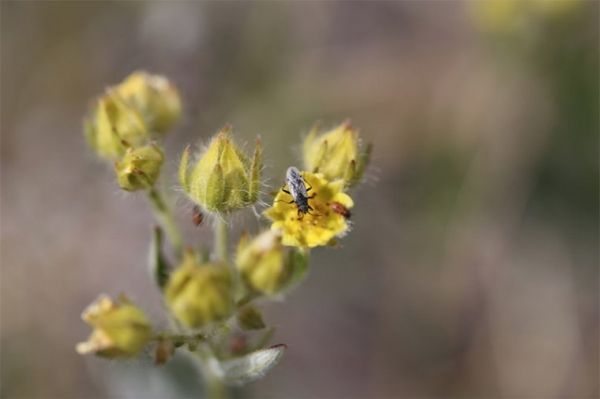Step aside, charismatic polar bear stranded on a melting iceberg. The springtail may be the new flag bearer of an uncertain Arctic future.
New research from Washington University in St. Louis is tracking how the tiniest Arctic ambassadors are responding to the rapid warming occurring in this region.
Warmer summer and fall seasons and fewer winter freeze-thaw events have led to changes in the relative numbers of different types of bugs in the Arctic, said Amanda Koltz, a postdoctoral fellow in Arts & Sciences. Compared with colder years in the past, there are now more plant-eating and parasitic arthropods, and fewer detritivores (the insects that literally consume the living world’s garbage). The research is published in the journal Royal Society Open Science.
The study relies on the longest-standing, most comprehensive data set on Arctic arthropods in the world today: a catalogue of almost 600,000 flies, wasps, spiders and other creepy-crawlies collected at the Zackenberg field station on the northeast coast of Greenland from 1996-2014.
Read more at Washington University in St. Louis
Image: The arctic-alpine seed bug (Nysius groenlandicus) is a widespread seed predator in Greenland and one of the herbivores predicted to become more abundant under future climates. (Credit: Toke Høye)


